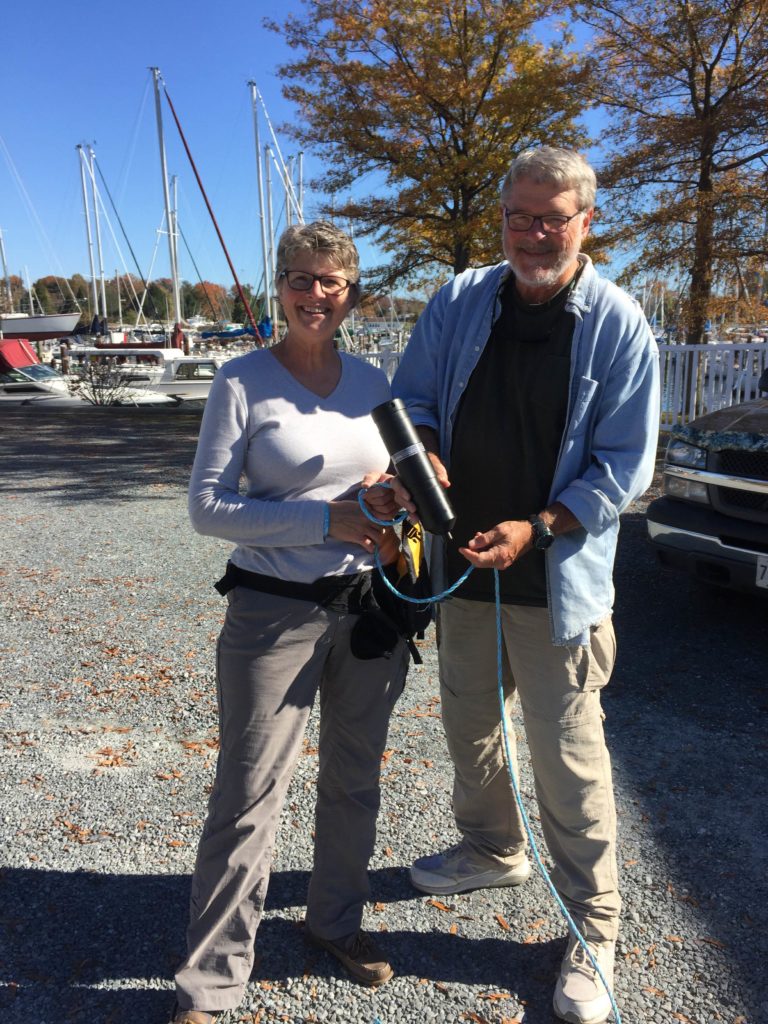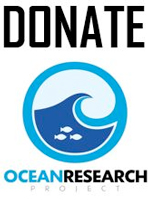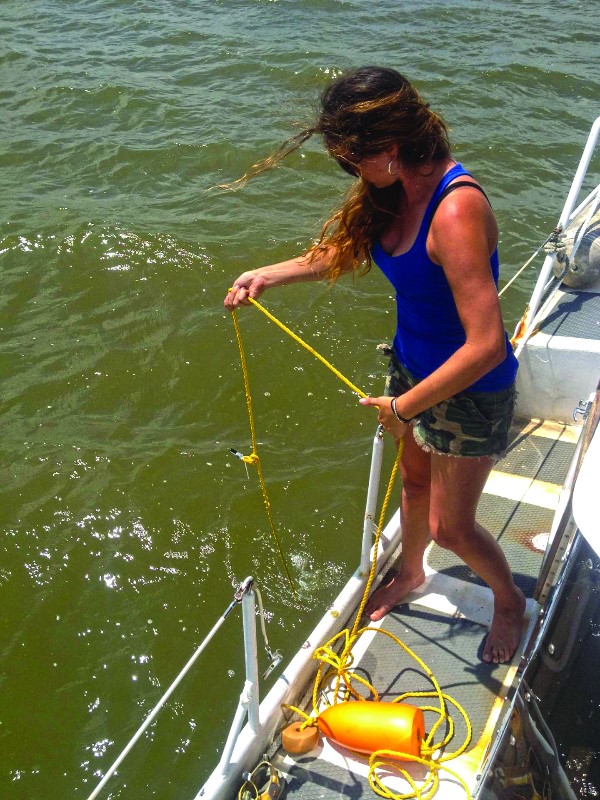As the sunlight dapples the cerulean surface of the ocean and the cool breezes lazily make their way across the deck, an indistinguishable black contraption is lowered into the water off the stern.
 What if your time in paradise could be purposeful?
What if your time in paradise could be purposeful?
Surrounding mariners are curious about the strange device, and a dialogue ensues revealing that the unusual apparatus is actually a receiver for picking up signals from tagged fish. With their burning sense of adventure to propel them forward on their journeys, the citizen scientists will set out to collect valuable data that will help scientists learn more about migrating fish populations and strategic placement of receivers.
Recognizing the importance of migrating fish populations and their patterns, The Ocean Research Project (ORP) has embarked on the Fish Finder Citizen Science Program in partnership with the Smithsonian Environmental Research Center. By utilizing the extensive coverage provided by volunteer sailing vessels deploying receivers, they are able to retrieve valuable data about the migration patterns of the fish.
The Fish Finder Project began with a 30-day evaluation test in the Chesapeake Bay conducted back in 2014, which then evolved into a pilot study that spanned 18-months. The study revealed that the recreational sailors were able to receive the signals of fish in places where there was no coverage by traditional scientists, which encouraged the ORP to pursue their upcoming second round of Fish Finder volunteers.
The Science Behind it All
There are many variations of tagging and tracking animals, but for the Fish Finder Project, ORP’s Nicole Trenholm, Science and Education Program Director and Matt Rutherford, Director and Expedition Leader, decided to employ acoustic telemetry.
The reason that ORP chose acoustic telemetry over other forms of tracking tags is because “the audio tag is the most affordable and most common tag. When it comes to spaghetti tags, the odds of catching it and the fisherman recording and reporting the number are very unlikely,” says Rutherford.

Learning about how the acoustic telemetry receiver works.
In acoustic tagging, the tag produces a “ping” and when the animal comes close enough to the receiver. The receiver collects the data of the animal’s location and stores it, although they do not translate any information about the species of fish or its previous locations- they only collect a serial number, which must then to be deciphered in order to figure out whom was responsible for implanting the tag in the fish in the first place.
When the sailors return from the voyage, they deliver the receiver to ORP, which then downloads and analyzes the collected information. The information they extract from the receiver can help scientists monitor and discover more about fish populations and about effective tagging and receiving strategies.






